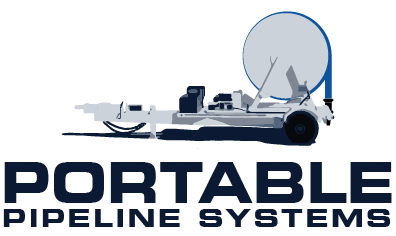On today’s Utility Emergency Response Podcast episode, Issac Alatorre explores the different lay flat hoses for water and wastewater.
Issac discusses three categories: rubber, PVC, and PU (polyurethane) hoses. Rubber hoses are not very popular because they are heavy. On the other hand, PVC hoses are lightweight and cost-effective, but they are only suitable for low-pressure applications. The best choice of hose is PU hoses because they are durable, resistant to chemicals, algae, and fungus, and they recover their full diameter. They have also been tested for longer lengths, which makes them ideal for water and wastewater bypassing.
Also in this episode:
- The importance of safety and proactive planning
- Ozone resistant vs ozone resistant hoses
- The three types of PVC hoses: heavy-duty, medium-duty, and light-duty
- The pros and cons of PVC vs polyvinyl chloride
- PVC and what it is good for
Subscribe To The Podcast
Apple Podcast | YouTube | Spotify
Connect With The Show:
About Isaac:
Chairman & Emergency Pipeline Advisor for Water, Wastewater, and Flood Management.
A UC Irvine graduate and beginning his career in safety and emergency supplies. Isaac was trained by David Jackson on all things related to PPS. With the help of his predecessor, he has updated PPS in regard to technology and processes. He believes that PPS has just started to make an impact.
PPS has usually been a west coast company, but now Isaac believes that PPS can help utilities across the globe with PPS many applications. Not only with pipelines but with emergency response awareness as a whole. He enjoys sports, whiskey, and food.
About Portable Pipeline Systems:
We value preparation, trust, and integrity with our clients. We provide systems and solutions, not price-only products. We encourage our clients to prepare in advance for the worst, be it an earthquake, floods, fires, or just an aging infrastructure.
At PPS we do not claim to have every solution for every disaster, we encourage clients to be open about their solutions and include all possible vendors. When in a disaster situation, a city, county, state, or government must consider all option



 Sales Office Location
Sales Office Location
 sales@portablepipelinesystem.com
sales@portablepipelinesystem.com